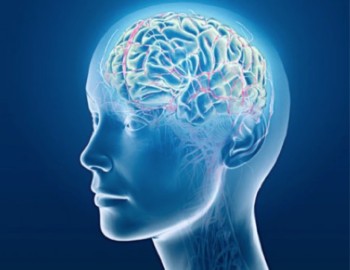Nowhere to Hide: “The Elephant in the [class]room”
By Daun Kauffman.
Trauma during development, or childhood trauma, changes brain architecture and ability to learn and social behavior. It impacts two out of three children at some level, but I didn’t even know what it was…
Childhood Trauma, or adverse childhood experiences(ACEs)can be defined as a response of overwhelming, helpless fear to a painful or shocking event.
ACEs include physical, emotional and sexual abuse, physical and emotional neglect, a missing parent (due to separation, divorce, incarceration, death), witnessing household substance abuse, violence, or mental illness and more.
The children are not sick or “bad”. Childhood trauma is an injury. It happens TO the child. In turn, when they become adults, many re-enact their unaddressed trauma, injuring the next generation in a merciless cycle of pain and fear. When the injuries fester unaddressed, they set off a chain of events leading ultimately to early death, according to the CDC.
Childhood trauma changes the physical architecture of a developing child’s brain
Part 1: The structural changes to the brain impair academic efforts. They damage children’s memory systems, their ability to think, to organize multiple priorities (“executive function”), and hence to learn, particularly literacy skills
Part 2: The changed neurobiology predisposes hypervigilance, leading trauma-impacted children to often misread social cues. Their fears and distorted perceptions generate surprising aggressive, defensive behaviors. The ‘hair trigger’ defenses are often set off by deep memories outside of explicit consciousness.
Adults’ view, from the ‘outside’, of the seemingly illogical, or worse, oppositional behavior, is one of shock, Nowhere to Hide: “The Elephant in the [class]room” - Living in Dialogue:

